Banks paying higher interest to institutional depositors against NRB’s policy
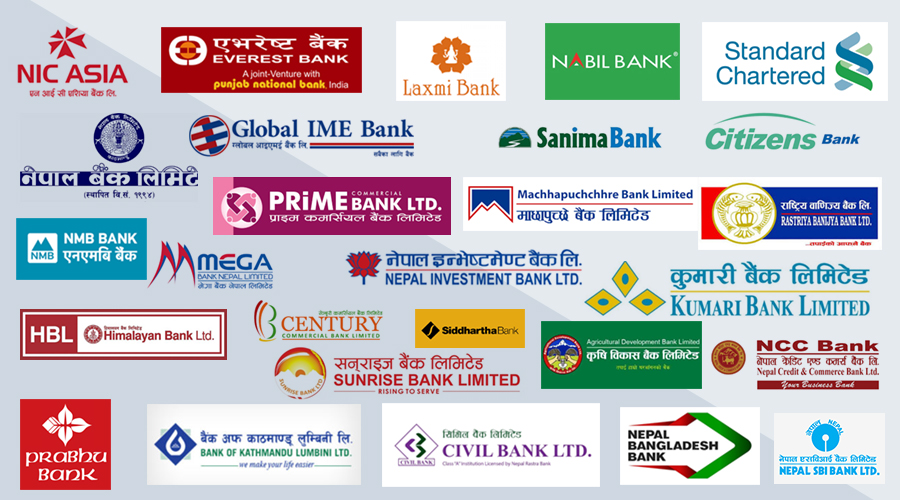
KATHMANDU: It has been found that the banks have not followed the instructions of the Nepal Rastra Bank (NRB) to give low interest to the institutional depositors. The central bank has instructed that institutional deposits should be given a lower interest rate of at least two percentage points than the authorized interest rate given to the general public.
But the NRB’s directives were violated when the banks paid excessive interest to the founding depositors in a roundabout way.
As a result of this, on the one hand, the objective of NRB has not been fulfilled by giving low interest to the institutional depositors and reducing the cost of the bank and not allowing the overall interest rate to rise too high (keeping it within the desired limit). On the other hand, the interest rate has increased to a very high level.
“The maximum interest rate offered on institutional term deposits (including cash) should be at least 2 percentage points lower than the maximum interest rate offered on term deposits to the general public,” said the integrated guidelines of the central Bank.
The instructions of the NRB have not mentioned anything about how (daily, monthly, quarterly, half-yearly and yearly) interest rates will be provided to the depositors by banks and financial institutions.
Taking advantage of this policy weakness, now most of the commercial banks have been offering interest rates to institutional depositors on a daily basis. As such, commercial banks have published 12.133 percent annual interest rate on one-year personal term deposits for October.
According to the instructions of the NRB, interest rate 2 percent lower than the maximum interest rate provided for ordinary fixed deposits should be given in institutional fixed deposits. As a result, commercial banks have published interest rates of 10.133 percent per annum to institutional term depositors.
But in practice they have been giving interest rates to institutional depositors on a daily basis. Every day, when the interest is deposited in the account, it also becomes capitalized. Due to this, the deposit increases every day and the interest rate is calculated based on the increased deposit.
While banks are paying interest on a daily basis, currently institutional depositors are also getting an interest rate of 10.66 percent per annum. This is about 0.52 percentage points higher than the central bank’s guidance.
Because the interest rate is provided on a daily basis, the instructions of the NRB to maintain a 2 percentage point lower interest rate for institutional depositors have been violated. But for ordinary deposits, most of the banks have been publishing the interest rate only quarterly, semi-annually and annually.
“It was found that almost all commercial banks offered interest rates to institutional depositors on a daily basis,” said a chief executive officer of a commercial bank, seeking anonymity. Despite the information, the Rastra Bank remained silent on the matter, so it was not decided why we should find out by ourselves.’
The official says that all banks are forced to pay interest on a daily basis because there is a high possibility of deposit withdrawal if one bank is giving interest rate on a daily basis. “They did not allow the deposits to go out even when there was a shortage of deposits,” said the official, “They had to do many things to save the deposits.”
NRB is also aware of non-compliance of its instructions on institutional deposits. Earlier, Rastra Bank asked for the details of the interest rate provided by banks on institutional term deposits. The central bank found that many banks did not follow the instructions.
But a decision has not yet been made on what to do with banks that do not follow the instructions. “This matter has been discussed,” the source said, “we will soon make a new policy arrangement.”
NRB spokesperson Gunakar Bhatt said that banks and financial institutions that do not follow their instructions will be punished according to law. “This matter is being looked into by the concerned department, if the instructions are not followed, action will be taken against the concerned banks and financial institutions.”
As the interest rate started to rise, the fixed deposits in the banks and financial institutions also started to increase. Until a year ago, the share of fixed deposits in the total deposits was about 45 percent, but now it has increased to about 58 percent. Due to the increase in fixed deposits, the interest cost of the bank also increases, so the interest rate of the loan has also become expensive.
Of the total deposits of commercial banks, the share of general public is 60 percent and that of institutions is 40 percent. The dominance of institutional depositors has always been maintained in Nepal’s deposit market. They have become even stronger in recent years as liquidity in the financial system has started to decline.
If they don’t get the interest rate as they said, they withdraw the deposit and take it to another bank after the maturity period expires. This is why banks are forced to try to please institutional depositors, say experts.
In recent months, there has been competition between banks on deposit interest rates. Nepal Bankers Association, the umbrella organization of commercial banks, has agreed not to increase the interest rate of deposits in October, but as per the instructions of the central bank, it has agreed to give an interest rate of 2 percentage points lower than the normal rate for institutional term deposits.
As agreed, all banks have also published 10.133 percent interest rate on institutional term deposits. However, when the interest rate is provided on a daily basis, the institutional depositors are getting an interest rate of about 0.52 percentage points higher than the NRB’s guidelines.
The suggestion to reform the policy of giving 2 percent lower interest on institutional deposits is mentioned in the report on economic, financial and monetary sector improvement, liquidity, bank interest rate, reduction of financial cost formed by Finance Minister Janardan Sharma.
The committee concludes that this policy has led to deviations in the financial sector as capital is treated unequally. It seems that this policy needs to be improved. Low interest rates are also one of the reasons for the deposit crisis in this sector,” the report said, adding that this has directly affected the interest of contributors.
The report suggests that such policies should be avoided to avoid deviations in the financial system. “It is necessary to strengthen the regulatory mechanism to prevent other types of distortions,” the report says, “Institutional depositors can be encouraged to invest in high-return but safe projects.”
Currently, the maximum annual interest rate of 12.133 percent has been fixed on one-year personal term deposits. According to this, 10.133 percent interest rate in institutional term and 7.133 percent interest rate in ordinary term has been maintained. The Bankers Association has already decided to publish the same interest rate in October.



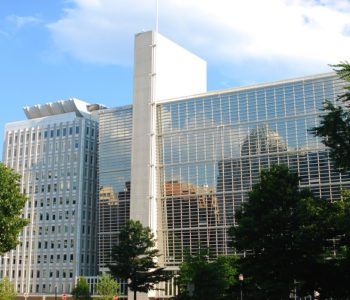





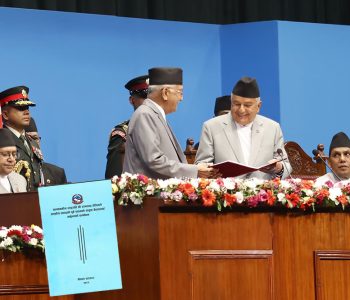

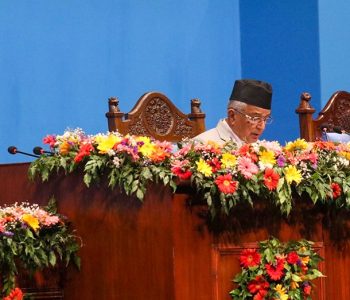
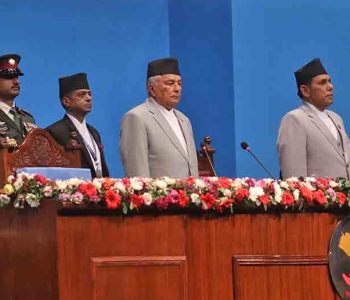
Facebook Comment